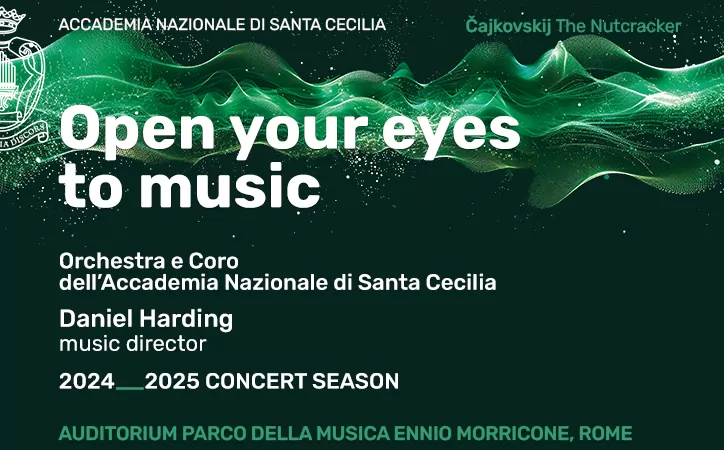Part one: In the steps of Pier Paolo Pasolini
He was so strong that once he got under a cow and lifted it up with his bare hands. He was very keen on wrestling as well: hed take us on three-to-one and throw the lot of us to the ground. And when he played soccer with us, he was brilliant. Thats why we never tried to roll him.
The reference was not to some Guiness record-holder but to one of the most revolutionary Italian figures of the last century, the prolific poet, novelist and film director Pier Paolo Pasolini, whose universe was a Rome no-one before him had dreamt of or dared to expose. Today many younger Italians might only remember him for his grisly murder 31 years ago, on a Roman beach in the company of a rent-boy.
Chatting about Pasolini was Silvio Parrello, who was a boy of 13 when he first encountered the poet. Today Parrello, helped by his wife, runs a small art gallery for his own paintings in the popular Donna Olimpia quarter in what is now Monteverde Nuovo. An inscription above the door reads: In this quarter was born the famous book Ragazzi di Vita, by Pier Paolo Pasolini, citizen of Monteverde. The book came out with a splash in 1955, a scandalous success, for which Pasolini was put on trial (and acquitted) for obscenity, the first of many such cases to come.
Parrello, now a self-declared poet himself, figures in the book under his nick-name Pecetto, as one of a band of six ruthless petty thieves specialising in the theft of copper tubing and drain covers, picking up the odd gay as a sideline. In the book, which describes real incidents in the life of the band, the boys roam through the whole of Rome, from Villa Borghese to todays distant suburb of Pietralata. One day they find themselves in a rowing boat on the Tiber being swept out of control towards the roaring weir under Ponte Garibaldi. The climax comes when the protagonist of the book, Il Riccetto, jumps into the (then clean) water to save a floundering swift from drowning and the boat ends up in the mud.
It is the world of the immediate post-war Rome of the 1950s, when todays crowded suburbs were still fields, though cranes were already silhouetted against the skyline, and the first bulldozers were at work. It was when many poorer Romans, like Il Riccetto and his mother in the book, lived in commandeered schools and barracks after being evicted from the centre of Rome either by Mussolinis demolitions for his grandiose rebuilding schemes or, later, by allied bombing in 1943. It is the world of a vanished sub-proletarian Rome, which for Pasolini was a new terrain in which, gay as he was, he suddenly found himself creatively in his element.
He was one of us, you know, recalled Parrello. If you didnt hear him speak, youd take him for a thief as well. He had the face of one! No, he didnt speak much. As a poet, he needed long silences and I think we understood. And he wasnt really a cheerful type at all but we had a few good laughs with him all the same. And when he became famous after the publication of Ragazzi di Vita he didnt forget us. Federico Fellini bought him a Fiat 600 after having him as assistant on the set of Le Notti di Cabiria in 1957. The car had pockets inside and Pasolini always left his change in them and left the doors open so we could help ourselves. He knew how skint we were. Parrello pointed down the street. He lived with his separated mother Susanna just round the corner from here from 1954 to 1959
The son of a tyrannical army officer, Pasolini was brought up in the province of Friuli, in the then impoverished extreme north-east of Italy, and first came to Rome in 1950 with his mother to whom he was very close to live in the ghetto, eking out a living through proofreading and bit-parts in films. That was before he landed a job teaching literature at a private school in the former slum-area of Ciampino. His pay there was enough for them to rent a remote place close to Rebibbia prison, at Ponte Mammolo beyond the Aniene river.
A pupil of his at Ciampino was Vincenzo Cerami, now an established novelist himself, who writes in the preface to the latest edition of Ragazzi di Vita: Pasolini observes his characters well aware they are about to be sucked in by a model of development that excludes them from its orbit. He also quotes a letter from Pasolini: Il Riccetto ends up anonymous, a manual worker at Ponte Mammolo, trapped in an egoism and sordid morality that isnt his. But Cerami adds: Anyone reading the book only now would find himself faced with a Rome that has completely disappeared.
Completely? At Donna Olimpia, peoples mind-set might have changed to consumer society thinking, but the place itself, no. Metres away from Parrello, the old fascist popular housing authority, the Istituto Autonomo per le Case Popolari della Provincia di Roma, stands dilapidated on a corner; the high huddled tenement buildings called the sky-scrapers that feature in the book are as crowded as ever, and further on is the Giorgio Franceschi primary school, part of which collapsed in 1951, killing Il Riccettos mother and Marcello, one of the band. The incident is recounted in Ragazzi di Vita, and the band visits the dying Marcello at the S. Camillo hospital. His mother is weeping.
Whats the matter with you, Marcello asks her with a thread of voice. He realises he is dying. Say hello to everybody in Donna Olimpia if I really arent getting back They leave the darkening ward not saying a thing The writer and poet Erri de Luca comments: Today [Pasolini] would be with the clandestine immigrants, knocking on the doors of the concentration camps theyre packed into. Today, it would be written in the bitter Esperanto of the new arrivals.
To be continued.

















